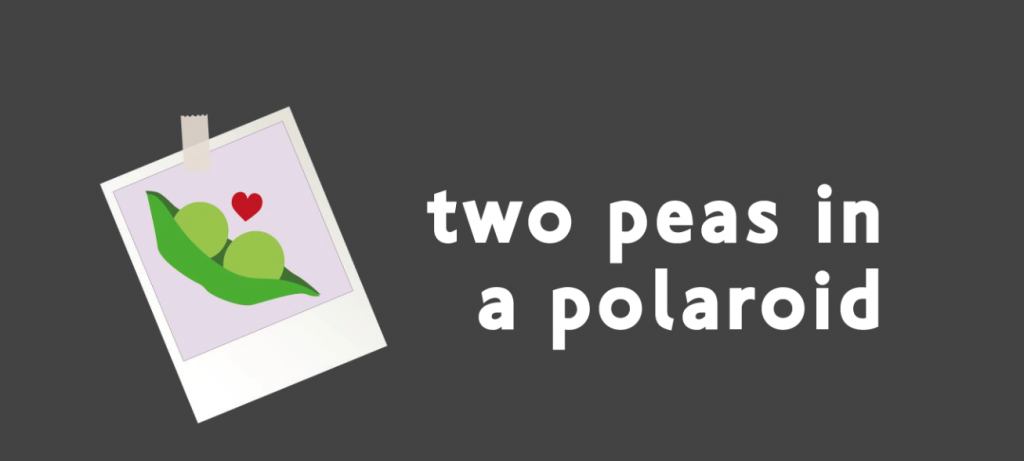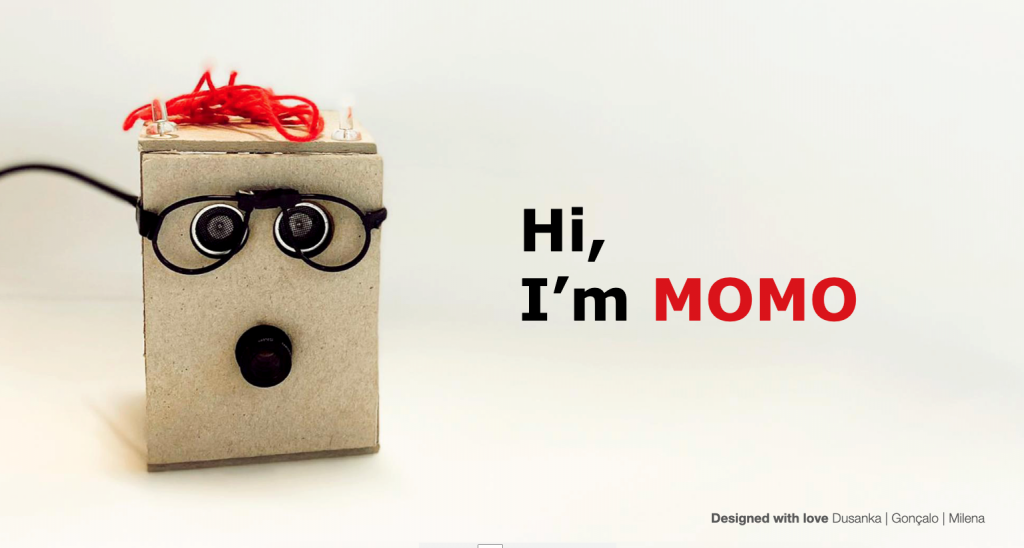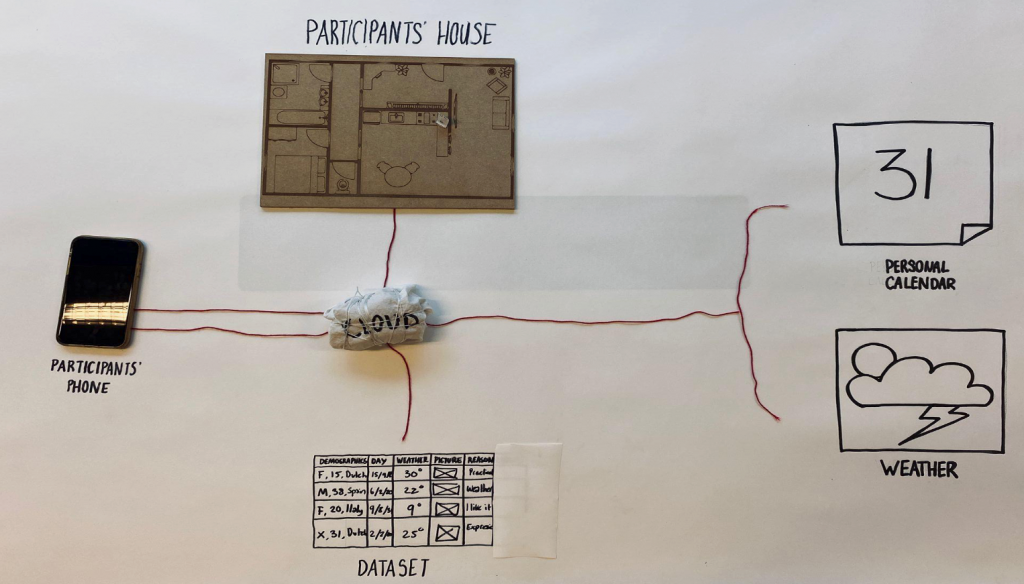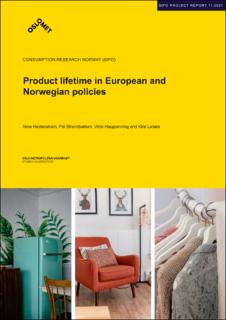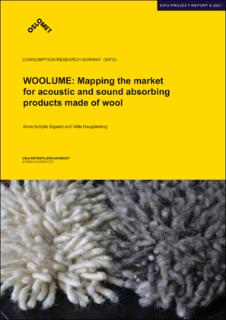New book on local and sustainable clothes
Explores the importance of local practices in achieving global sustainability.
This is a book about one fibre, wool, its role in the future of a more sustainable global textile industry, and a new approach to how we can organize how we use local resources in a better way.
Why is this important?
Because of the overload and pressure on land, oil reserves, chemicals, water and more for producing clothes that are thrown away after too few uses, or not used at all—must stop. A sector with such a gross over-production and over-consumption of finite resources has an enormous potential to improve its footprint. We have chosen the lens of wool, as it is the fibre we know the best and which is Indigenous to our home country, Norway.
About the book
Klepp, Ingun Grimstad and Tobiasson, Tone Skårdal (eds.): Local, Slow and Sustainable Fashion. Wool as a Fabric for Change. Palgrave Macmillan 2022
The book is available from the publisher as e-book and traditional book (springer.com).
Ingun Grimstad Klepp is Professor of Clothing and Sustainability at Consumption Research Norway (SIFO) at Oslo Metropolitan University, Norway.
Tone Skårdal Tobiasson is a seasoned journalist and editor, and founder of Nordic Initiative Clean & Ethical Fashion.
Reviews
“This book is a tour de force and a heart-on-sleeve exploration of how a familiar fibre can radically change the fashion and sustainability story.”
Professor Kate Fletcher, Centre for Sustainable Fashion, London College of Fashion, UK
“The authors of this fascinating book use wool as a lens through which to see important aspects of the contemporary world: corporate capitalism, consumerism, standardisation and their opposites: localised crafts and practices, quality of life, sustainability. Readable, enlightening and engaged, this book is fuelled by a passion for wool and expertly weaves, spins, cards and knits the small and the large scale, contributing not only to our knowledge about fabrics and sustainability, but also adds depth to our understanding of globalisation.”
Professor Thomas Hylland Eriksen, Department of Social Anthropology, University of Oslo, Norway




